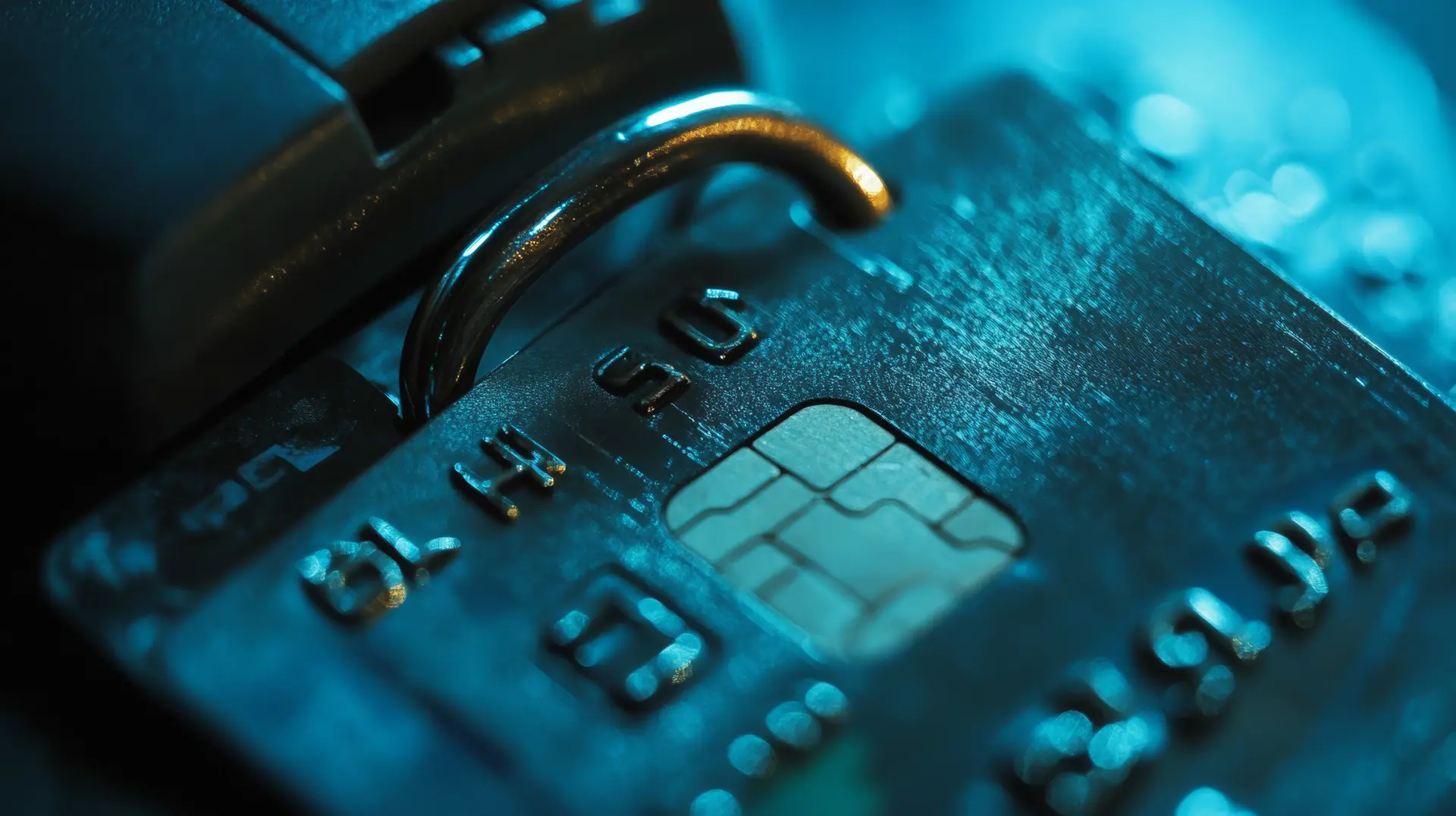Table of contents
- Cash trapping: what it is and how to defend against the new ATM scam
- How the cash trapping scam works
- How to recognize the cash trapping scam
- What to do if cash is not dispensed during a withdrawal
- How to protect yourself from cash trapping scams
- What to do if you fall victim to cash trapping
Cash trapping: what it is and how to defend against the new ATM scam
What is cash trapping? Cash trapping is a sophisticated, internationally widespread scam that exploits normal ATM withdrawal processes to steal money from unsuspecting victims. Unlike other banking frauds, such as skimming, cash trapping does not steal sensitive data or PIN codes.
Instead, the trick involves physically blocking the cash during a withdrawal (“cash trap”), making it appear as if it was “not dispensed” and allowing the scammer to retrieve it once the victim has left the ATM.
Let’s look in detail at how the cash trapping technique works, how to recognize it, and what to do to protect yourself from this ATM scam.
How the cash trapping scam works
Cash trapping relies on a clever modification to the ATM: fraudsters insert a tool or device into the slot from which the bills come out.
This device, usually a tab or a “trap,” can physically block the cash during the dispensing process.
What does “trapped cash” mean? It’s money that has been trapped. The victim, unaware, realizes that the ATM has not dispensed the money. Often, after a few attempts, they assume a technical issue and leave.
Once the customer departs, the scammers return to the ATM, remove the trap, and collect the blocked cash.
One reason cash trapping is particularly insidious is that it does not require theft of payment card data or access to credit card pin codes.
This means that the scammer doesn’t need to carry out fraudulent transactions to steal the money; they simply take the cash from the failed withdrawal.
How to recognize the cash trapping scam
Identifying a cash trapping situation can be challenging, but there are some warning signs to watch out for:
- Damaged or modified ATM slot
If you notice suspicious or tampered parts in the slot from which the bills are supposed to come out, it could be a sign of cash trapping. Even small plastic fragments or protruding objects can be clues that should not be underestimated.
- Cash not dispensed without an apparent reason
If the ATM indicates a successful withdrawal but no cash appears, it might be a trap. It’s essential not to leave the ATM immediately and to check for any problems.
- Unusual timing for cash release
Some ATMs release cash after a longer delay than usual. Scammers may use this to encourage users to leave before the cash is released.

What to do if cash is not dispensed during a withdrawal
If you encounter trapped cash, here are some precautions to minimize risks:
- Don’t leave the ATM immediately
If the cash doesn’t come out right away, wait and try again. Even if an error message appears, follow the ATM’s instructions or call your bank’s customer service.
- Document the issue with your smartphone
Take a photo or video of the ATM and any observed anomalies. This can be helpful for reporting the issue to the bank or post office.
- Contact your bank immediately
If the cash is not dispensed, inform your bank or customer service right away, providing the time and location details. The bank can quickly check for technical issues and help you recover the funds.
- Don’t accept help from strangers
If someone offers assistance while you try to resolve the issue, they could be an accomplice of the scammer. Never share your PIN or other personal information.
How to protect yourself from cash trapping scams
Here’s what you can do:
- Always inspect the ATM before use
Carefully check the cash slot to ensure there are no visible anomalies. If you notice anything unusual, choose a different ATM and report the issue to the bank.
- Use ATMs in monitored locations
Opt for ATMs inside banks, supermarkets, or post offices, which are generally more secure than isolated ones. Scammers tend to target less protected ATMs.
- Monitor your bank account
It’s good practice to regularly check your bank account transactions. If you notice missing withdrawals or suspicious activity, alert your bank immediately.
- Use cards with enhanced protection
Some banks offer credit cards with higher levels of fraud protection. Consider asking your bank about real-time notifications to monitor any withdrawal attempts.
What to do if you fall victim to cash trapping
If you suspect you’ve fallen victim to cash trapping, it’s important to act quickly to protect your funds:
- Immediately block your card
Although this scam doesn’t involve data theft, temporarily blocking the card is a good precaution to prevent further risks.
- Report the incident to authorities
It’s essential to inform law enforcement and your bank to initiate investigations and potentially prevent further scams in the area.
- Request a refund from the bank
Explain the circumstances of the theft to your bank. Some banks offer reimbursement for stolen funds in recognized fraud cases.
